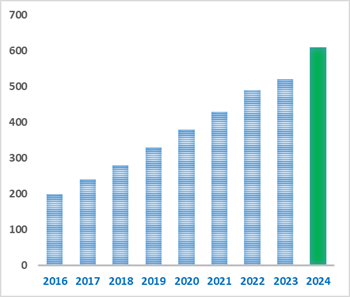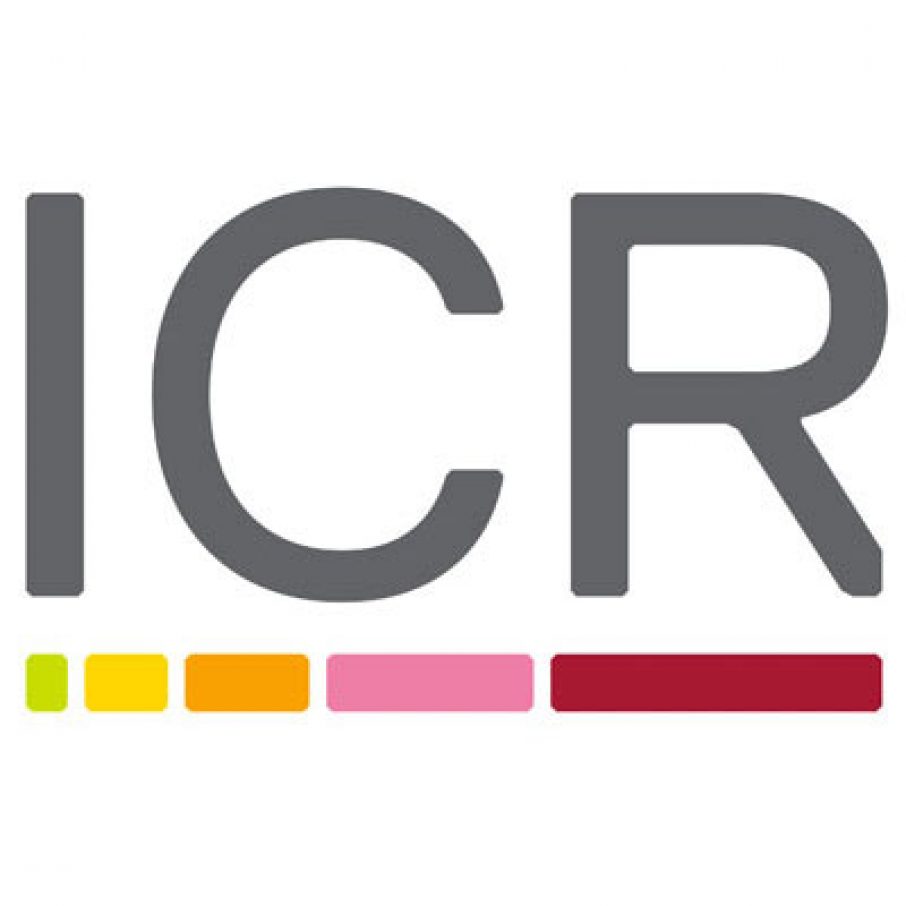6-AminoquinoxalineCAS# 6298-37-9 |

Quality Control & MSDS
3D structure
Package In Stock
Number of papers citing our products

| Cas No. | 6298-37-9 | SDF | Download SDF |
| PubChem ID | 237859 | Appearance | Powder |
| Formula | C8H7N3 | M.Wt | 145 |
| Type of Compound | N/A | Storage | Desiccate at -20°C |
| Solubility | Soluble in Chloroform,Dichloromethane,Ethyl Acetate,DMSO,Acetone,etc. | ||
| Chemical Name | quinoxalin-6-amine | ||
| SMILES | C1=CC2=NC=CN=C2C=C1N | ||
| Standard InChIKey | MSGRFBKVMUKEGZ-UHFFFAOYSA-N | ||
| Standard InChI | InChI=1S/C8H7N3/c9-6-1-2-7-8(5-6)11-4-3-10-7/h1-5H,9H2 | ||
| General tips | For obtaining a higher solubility , please warm the tube at 37 ℃ and shake it in the ultrasonic bath for a while.Stock solution can be stored below -20℃ for several months. We recommend that you prepare and use the solution on the same day. However, if the test schedule requires, the stock solutions can be prepared in advance, and the stock solution must be sealed and stored below -20℃. In general, the stock solution can be kept for several months. Before use, we recommend that you leave the vial at room temperature for at least an hour before opening it. |
||
| About Packaging | 1. The packaging of the product may be reversed during transportation, cause the high purity compounds to adhere to the neck or cap of the vial.Take the vail out of its packaging and shake gently until the compounds fall to the bottom of the vial. 2. For liquid products, please centrifuge at 500xg to gather the liquid to the bottom of the vial. 3. Try to avoid loss or contamination during the experiment. |
||
| Shipping Condition | Packaging according to customer requirements(5mg, 10mg, 20mg and more). Ship via FedEx, DHL, UPS, EMS or other couriers with RT, or blue ice upon request. | ||

6-Aminoquinoxaline Dilution Calculator

6-Aminoquinoxaline Molarity Calculator
| 1 mg | 5 mg | 10 mg | 20 mg | 25 mg | |
| 1 mM | 6.8966 mL | 34.4828 mL | 68.9655 mL | 137.931 mL | 172.4138 mL |
| 5 mM | 1.3793 mL | 6.8966 mL | 13.7931 mL | 27.5862 mL | 34.4828 mL |
| 10 mM | 0.6897 mL | 3.4483 mL | 6.8966 mL | 13.7931 mL | 17.2414 mL |
| 50 mM | 0.1379 mL | 0.6897 mL | 1.3793 mL | 2.7586 mL | 3.4483 mL |
| 100 mM | 0.069 mL | 0.3448 mL | 0.6897 mL | 1.3793 mL | 1.7241 mL |
| * Note: If you are in the process of experiment, it's necessary to make the dilution ratios of the samples. The dilution data above is only for reference. Normally, it's can get a better solubility within lower of Concentrations. | |||||

Calcutta University

University of Minnesota

University of Maryland School of Medicine

University of Illinois at Chicago

The Ohio State University

University of Zurich

Harvard University

Colorado State University

Auburn University

Yale University

Worcester Polytechnic Institute

Washington State University

Stanford University

University of Leipzig

Universidade da Beira Interior

The Institute of Cancer Research

Heidelberg University

University of Amsterdam

University of Auckland

TsingHua University

The University of Michigan

Miami University

DRURY University

Jilin University

Fudan University

Wuhan University

Sun Yat-sen University

Universite de Paris

Deemed University

Auckland University

The University of Tokyo

Korea University
- XL335
Catalog No.:BCC4501
CAS No.:629664-81-9
- Boc-Tle-OH
Catalog No.:BCC3343
CAS No.:62965-35-9
- Gnetucleistol D
Catalog No.:BCN3400
CAS No.:629643-26-1
- Gomisin G
Catalog No.:BCN2269
CAS No.:62956-48-3
- Gomisin F
Catalog No.:BCN3625
CAS No.:62956-47-2
- (2-Benzothiazolylthio)acetic acid
Catalog No.:BCC8387
CAS No.:6295-57-4
- 6-Methoxy-4-methylcoumarin
Catalog No.:BCN6537
CAS No.:6295-35-8
- Morusinol
Catalog No.:BCN4168
CAS No.:62949-93-3
- Mulberrin
Catalog No.:BCN4167
CAS No.:62949-79-5
- Kuwanon A
Catalog No.:BCN2944
CAS No.:62949-77-3
- H-D-Pro-NH2
Catalog No.:BCC3024
CAS No.:62937-45-5
- Procaterol hydrochloride
Catalog No.:BCC6937
CAS No.:62929-91-3
- Staurosporine
Catalog No.:BCC3612
CAS No.:62996-74-1
- Androstenedione
Catalog No.:BCC8296
CAS No.:63-05-8
- Primaquine Diphosphate
Catalog No.:BCC4706
CAS No.:63-45-6
- H-Met-OH
Catalog No.:BCC2993
CAS No.:63-68-3
- Sulfanilamide
Catalog No.:BCC4858
CAS No.:63-74-1
- L-Phenylalanine
Catalog No.:BCN3818
CAS No.:63-91-2
- Phenoxybenzamine HCl
Catalog No.:BCC4334
CAS No.:63-92-3
- Nonacosane
Catalog No.:BCC9102
CAS No.:630-03-5
- Ouabain
Catalog No.:BCC5069
CAS No.:630-60-4
- Phenytoin sodium
Catalog No.:BCC5071
CAS No.:630-93-3
- Corynoxeine
Catalog No.:BCN5002
CAS No.:630-94-4
- Neoprzewaquinone A
Catalog No.:BCN4169
CAS No.:630057-39-5
New 6-Aminoquinoxaline Derivatives with Neuroprotective Effect on Dopaminergic Neurons in Cellular and Animal Parkinson Disease Models.[Pubmed:27341519]
J Med Chem. 2016 Jul 14;59(13):6169-86.
Parkinson's disease (PD) is a neurodegenerative disorder of aging characterized by motor symptoms that result from the loss of midbrain dopamine neurons and the disruption of dopamine-mediated neurotransmission. There is currently no curative treatment for this disorder. To discover druggable neuroprotective compounds for dopamine neurons, we have designed and synthesized a second-generation of quinoxaline-derived molecules based on structure-activity relationship studies, which led previously to the discovery of our first neuroprotective brain penetrant hit compound MPAQ (5c). Neuroprotection assessment in PD cellular models of our newly synthesized quinoxaline-derived compounds has led to the selection of a better hit compound, PAQ (4c). Extensive in vitro characterization of 4c showed that its neuroprotective action is partially attributable to the activation of reticulum endoplasmic ryanodine receptor channels. Most interestingly, 4c was able to attenuate neurodegeneration in a mouse model of PD, making this compound an interesting drug candidate for the treatment of this disorder.


